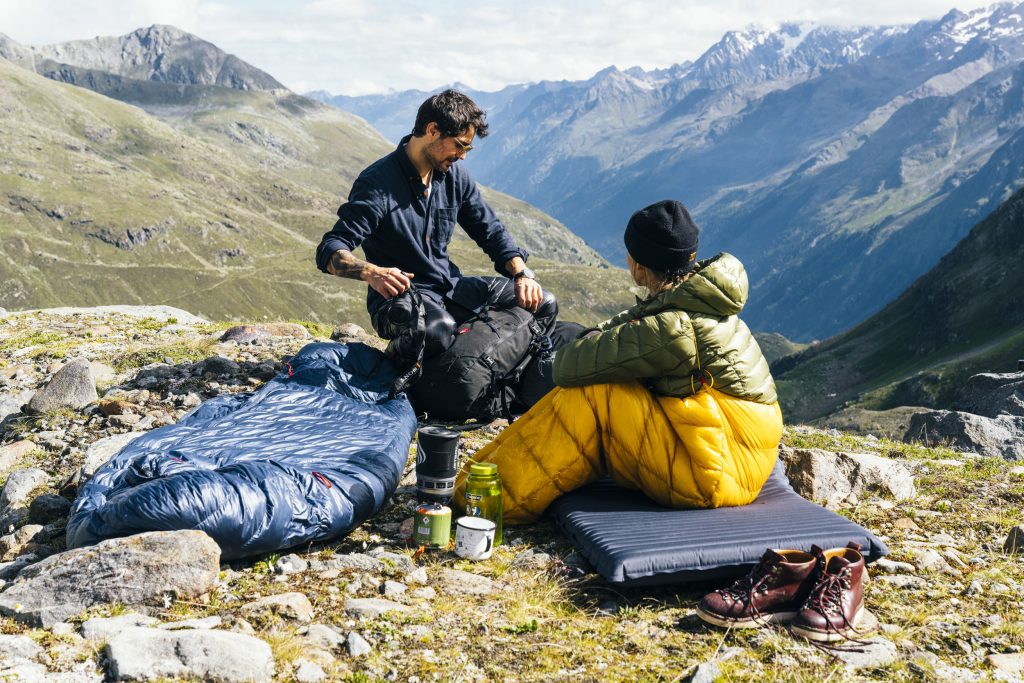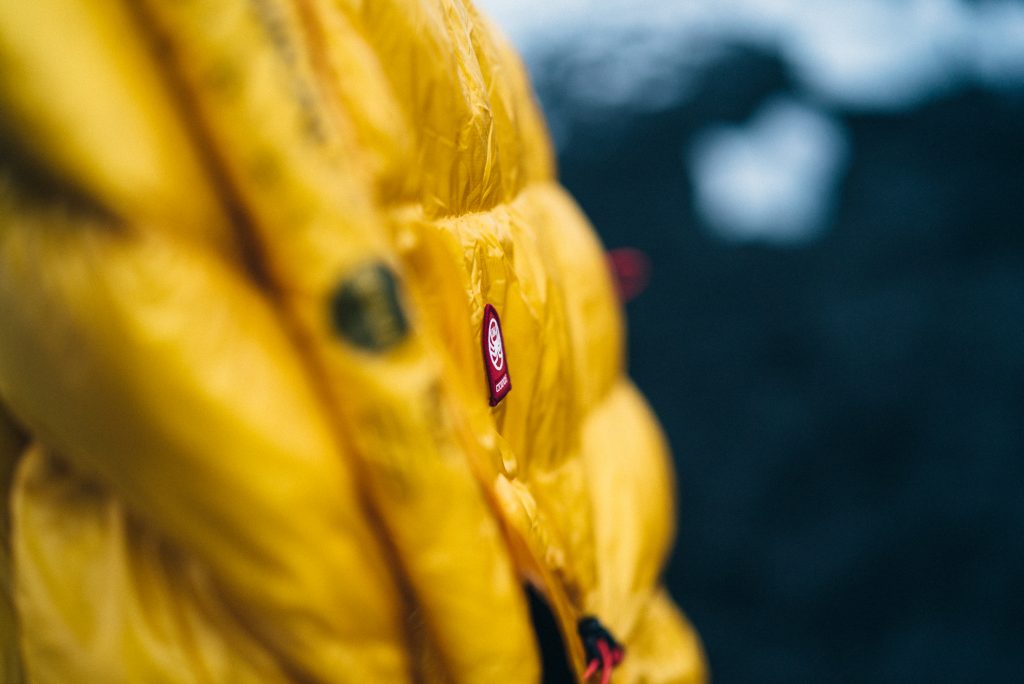
HIGH-ALTITUDE SLEEPING BAG - EXTREMELY WARM AND READY FOR ANY CHALLENGE
Are you planning a winter expedition to high mountains and looking for a sleeping bag for the Himalayas or Kilimanjaro? Such expeditions are inevitably associated with carrying a considerable amount of equipment, camping in the field, and extreme temperatures. Therefore, it is important to choose a lightweight and compact winter sleeping bag that will provide you with restorative sleep. In today's article, we provide some tips on what to consider when choosing one.
WHAT WILL YOU LEARN FROM THIS POST?
- What standard should manufacturers follow when determining the temperature range of high-altitude sleeping bags?
- Why is a down sleeping bag the best choice in low temperatures?
- Why is the construction of a high-altitude sleeping bag so important?
IN BRIEF
Choosing a sleeping bag for the Himalayas or other high mountains is a significant decision. Restful sleep is essential to recover after a challenging day and continue the expedition the next day. Winter weather in the mountains can be treacherous, so it is crucial to be prepared for any circumstances. A sleeping bag for extreme temperatures must provide excellent insulation, and nothing beats models filled with natural down. They also offer the advantages of lightweight and compact size, which are invaluable during long hikes with a backpack.

TEMPERATURE RANGE
Embarking on a journey to high mountains requires not only physical preparation but also gathering essential information about the destination. The most crucial information pertains to the weather, especially the temperatures you can expect at night, as that will determine the choice of a high-altitude sleeping bag. Reputable manufacturers usually provide three values based on laboratory tests conducted according to the EN 13537/ISO 23537 standard. These tests allow for objective comparison of the parameters of several products. We do not recommend taking sleeping bags to high mountains that have not undergone this type of testing. Relying solely on the manufacturer's estimates can have disastrous consequences. When checking the temperatures, pay attention to whether the standard designation is included. If it is not, be cautious with the temperature range provided. What do the values indicated on down or synthetic sleeping bags refer to?
- Limit temperature (T-limit) indicates the lowest external temperature at which a standard-built man can expect comfortable sleep.
- Comfort temperature (T-comfort) indicates the lowest external temperature at which a woman with a typical body structure will have a restful sleep.
- Extreme temperature (T-extreme) is the lowest temperature at which a standard-built man, lying in a curled-up position, will wake up feeling cold after six hours. At the same temperature, a woman with a typical body structure will experience chills.
When preparing for your trip, check not only the average temperatures for a specific month but also the extreme values for the given region. Additionally, take into account that individual perception of cold can vary greatly, and factors such as fatigue, hunger, or dehydration can contribute to body chilling.
INSULATION OF A WINTER SLEEPING BAG
A sleeping bag for Elbrus and other high mountains must have exceptional thermal insulation properties. Despite scientists' efforts, no insulation has yet been developed that can match the thermal performance of natural down, which is why the warmest sleeping bags are filled with down.
The low weight of down sleeping bags and their ability to compress into surprisingly small sizes are also important factors to consider. These features are beneficial when carrying equipment on your back. Natural down has only one drawback - it temporarily loses its insulating properties when wet. However, this is not a concern in high mountains during winter, where sleeping bags are taken to extreme temperatures.
Of course, not all down will have the same insulation properties. As with any advanced equipment, it is worth paying attention to the quality of the materials used. The best insulation properties are attributed to goose down, especially the famous Polish goose known as "kołódzka," which is highly regarded worldwide. In high-altitude sleeping bags, the fill should have a minimum loft of 700 cuin, although the higher the loft, the better.

CONSTRUCTION OF HIGH-ALTITUDE SLEEPING BAGS
There is one more important aspect to consider: the construction of the sleeping bag, which affects its functionality, thermal insulation properties, and often its weight. It is no secret that mummy-style designs perform better in extreme conditions. They offer less freedom of movement but heat up faster and snugly envelop the entire body.
The design of the down compartments is also crucial. Stitch-through construction, sometimes used in lightweight summer sleeping bags (X-type compartments), results in significant heat loss in winter. To avoid this, manufacturers develop new solutions. For example, the warmest Pajak sleeping bag, Radical 16H, features an HH construction with two layers of compartments staggered from each other. Interestingly, this model proved to be too warm for Andrzej Bargiel during his expedition to Manaslu, where he took a lighter version of the bag.
WHY DOES IT COME AT SUCH A COST?
Unfortunately, purchasing a good sleeping bag for extreme temperatures is a significant investment. The final price is influenced by various factors, including the cost of high-quality materials such as down and fabrics. This translates into the product's durability - it is not uncommon for down sleeping bags to last 10 or even 20 years. But that's not all. Experienced professionals stand behind the meticulous construction and precise craftsmanship of the sleeping bag. After all, a sleeping bag for Mt. Blanc or Mt. Everest is not made by someone sitting at a sewing machine for the first time! If you are looking for a reliable down sleeping bag, excessive cost-cutting is not advisable. Remember that without restorative sleep, you won't achieve your goal. There is no room for compromise in high mountains, and in extreme situations, a good down sleeping bag can even save your life.
Looking for a reliable high-altitude sleeping bag? Be sure to check out the offerings of the Polish brand Pajak, trusted by many experienced Himalayan climbers and mountaineers.
Image source: pajaksport.pl